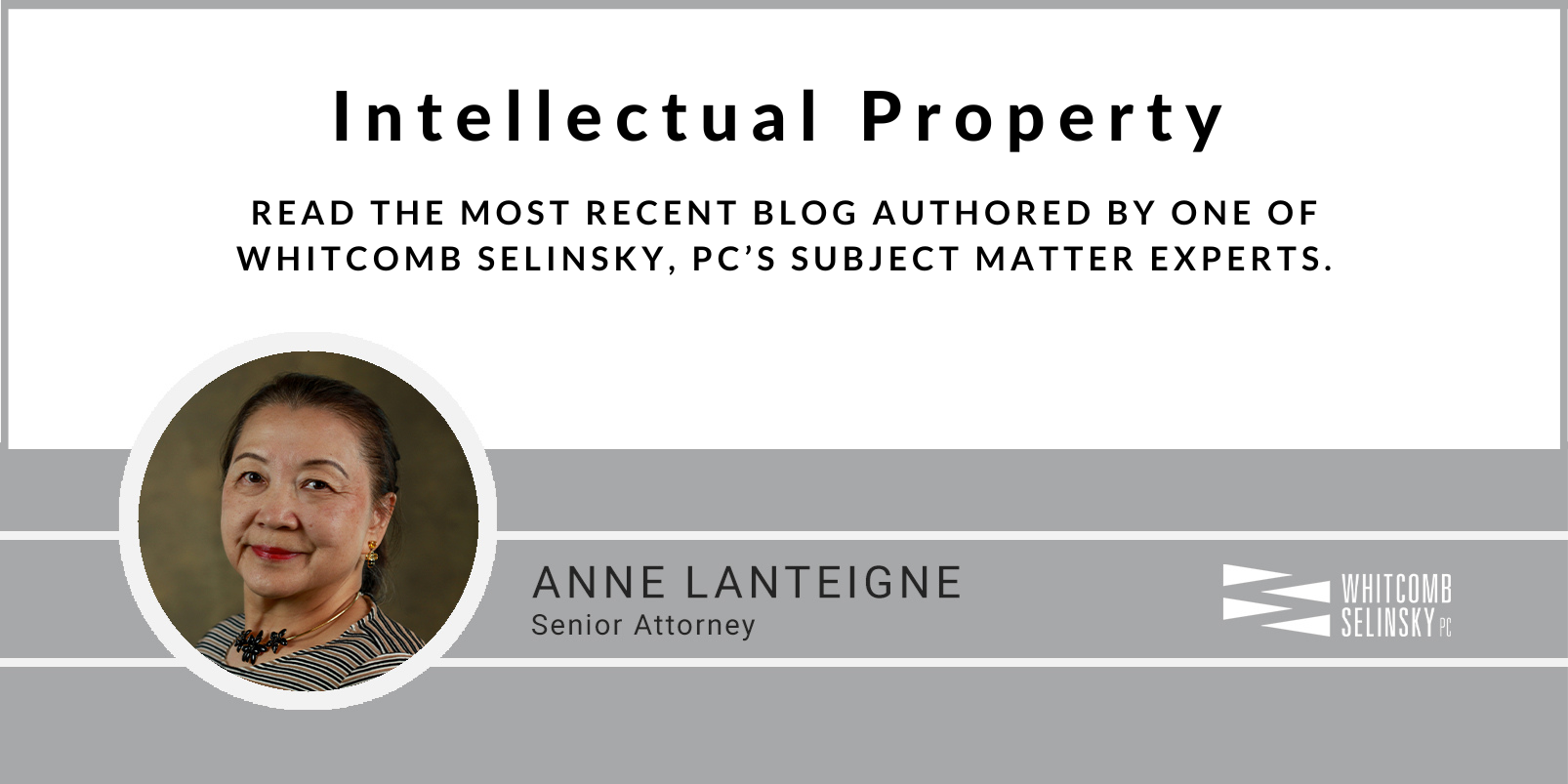3 min read
Benefitting the Public: Exploring the DoD's Technology Transfer Program
![]() Anne Lanteigne
:
December 28, 2022
Anne Lanteigne
:
December 28, 2022

The U.S. Department of Defense (DoD) has an active technology transfer (T2) program. The program aims to achieve practical application of DoD-funded research for the benefit of the public. This is done by transferring or licensing from the defense laboratories to the private sector some of the technologies developed for national security that also have non-defense applications to enhance national technology, industrial base, and commercialization.
Some key mechanisms for implementing the T2 program include the Cooperative Research and Development Agreement (CRADA), Cooperative Agreement (CA), License Agreement (patent or invention), Facility Use Service Agreement, Test Services Agreement (TSA), and Education Partnership Agreement (EPA). Each of these is briefly described below.
Cooperative Research and Development Agreement (CRADA)
15 U.S.C. 3710a authorizes CRADA to promote cooperative research and development (R&D) between a federal laboratory and a non-federal entity referred to as a partner – similar to the contractor in a government contract. Within the DoD, a CRADA must be on a subject consistent with the military requirements of the DoD lab (i.e., within the scope of the lab’s mission) and the partner’s commercial technology goals. CRADA is not a procurement contract. Therefore, the official signing it on behalf of the Government is not a Contracting Officer but the director of the federal laboratory that will collaborate with the partner to accomplish the CRADA effort. The partner can be from the academic, industrial, or not-for-profit world. In deciding what CRADA to enter into, the lab director is instructed to give special consideration to small businesses and consortia involving small businesses.
A CRADA has a joint work statement that describes the cooperative R&D efforts to be performed, marketing initiatives to be undertaken by the partner, and terms delineating which tasks will be performed by which party, how to allocate rights in the intellectual property (IP) that may result from the performance of the agreement, and how to handle any disputes between the parties. The federal lab can provide materials, equipment, access to facilities, and expert personnel, but not money toward the accomplishment of the agreement effort. The partner can provide all previously mentioned materials and services along with funding.
Cooperative Agreement (CA)
CA is authorized by 2 CFR §200.24 and used to transfer anything of value from the federal awarding agency to a non-federal entity for public purposes. CA is not appropriate for acquiring property or services for the direct benefit or use of the awarding agency; thus, it is not subject to the Federal Acquisition Regulation (FAR). With a grant, the awarding agency provides funding for the proposed project but limits its involvement primarily to monitoring the grantee’s progress and compliance with the terms of the grant. Unlike a grant, however, a CA provides for substantial involvement between the federal awarding agency and the non-federal entity in accomplishing the activity contemplated by the CA. Federal labs use grants and CAs to fund R&D in academia, industry, and not-for-profits. Intellectual property and IP rights are significant aspects of such R&D activities.
License Agreement
The Government may grant licenses in Government-owned patents. Such licenses are generally, but not always, royalty-free, revocable, and non-exclusive. The patents the Government owns cover inventions made while the inventors work within the scope of their government employment. Suppose a contractor creates an invention while performing within the scope of its government contract. In that case, the contractor may choose to retain ownership of the invention and file for a patent or assign ownership to the Government. If the contractor retains ownership of an invention, referred to as a “subject invention” in the parlance of the FAR/Defense Federal Acquisition Regulation Supplement (DFARS), then the Government is entitled to a nonexclusive, nontransferable, irrevocable, paid-up license to practice, or have practiced for or on its behalf, that invention throughout the world. If the contractor assigns ownership to the Government, then the contractor retains a nonexclusive, royalty-free license worldwide in each subject invention.
For Government-owned inventions not protected by a patent but also not publicly disclosed, the Government may grant an invention license agreement.
Facility Use/Service Agreement
These agreements allow a non-government party to use, with or without cost reimbursement to the Government, special facilities, equipment, and/or capabilities of the DoD that are not otherwise readily available from the private sector.
Test Services Agreement (TSA)
DoD labs may make lab services available to any person or entity at a prescribed fee to test materials, equipment, models, computer software, and other items. However, such services are not available to agencies of a foreign government. Under a TSA, the service is provided by the government lab with no technical collaboration from the partner – the entity requesting the services. The service performed must legitimately be testing the above-listed items and not a research project in disguise. The partner must also warrant that the DoD’s provision of the requested services will not constitute undue competition with the private sector. The partner owns the technical data (TD) and any other intellectual property that may result from the testing.
Education Partnership Agreement (EPA)
The DoD uses EPAs to encourage and enhance study in scientific disciplines at all levels of education. The DoD accomplishes this objective by loaning the institution scientific equipment that educational institutions commonly use, is surplus to the needs of the DoD lab, and is deemed by the lab director to be appropriate in support of the agreement. The DoD may also make lab personnel available to teach science courses or help develop a science curriculum at the institution, provide internship opportunities at the lab, involve faculty and students in lab projects, and provide academic and career advice and assistance to the students of the institution.



